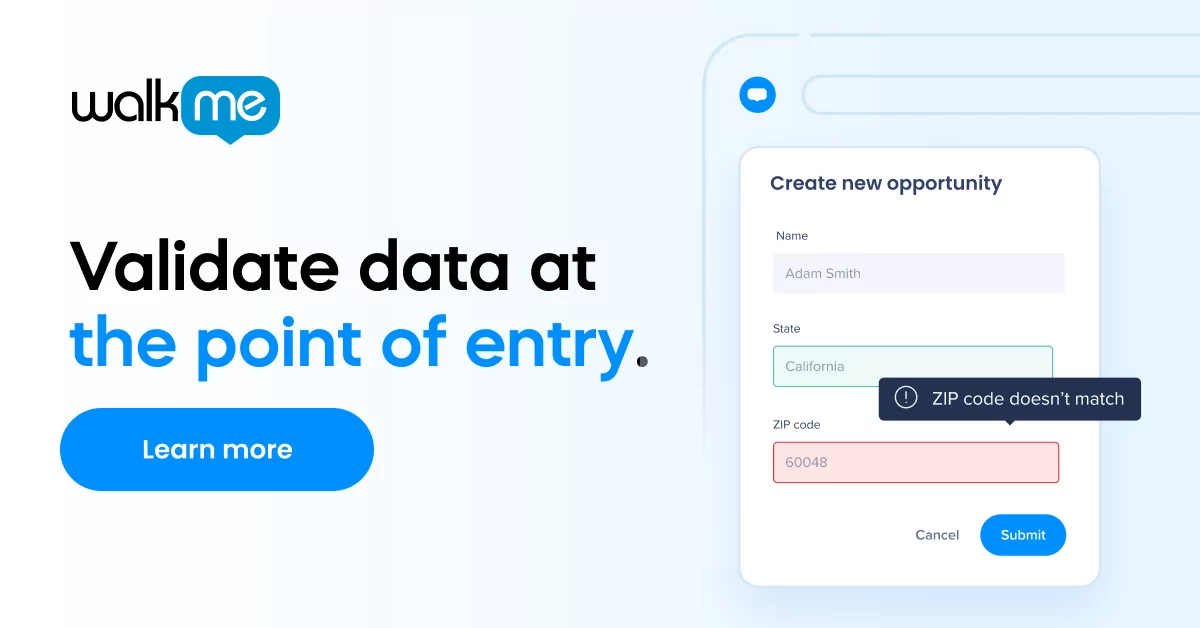Hybrid IT management offers a number of benefits to organizations that use both traditional and cloud-based IT infrastructures.
Let’s begin by diving into what constitutes hybrid IT and why it has become so popular.
What is hybrid IT and why is it necessary?
The transition to cloud-based infrastructures has become crucial for many organizations. Cloud-based tools, after all, deliver a wide range of benefits over onsite IT services, such as increased flexibility, the ability to support remote work, scalability, and cost-effective IT solutions.
Yet the transition to the cloud takes time, and many organizations are still required to maintain onsite services.
Enterprises must therefore find ways to manage unique IT environments that are spread across data centers, private clouds, and public clouds.
The result is hybrid IT—two siloed IT environments that must be managed simultaneously.
Unless managed properly, a fragmented IT environment can create challenges that impact areas such as service delivery and digital transformation efforts.
With the right approach, however, it becomes possible to minimize this division and enhance an organization’s ability to meet its goals, stay agile, and continue to innovate.
Given that hybrid IT is necessary for many organizations, it is important to understand the benefits and limitations of hybrid IT, as well as those of strictly cloud-based or onsite IT environments.
Pros and cons of hybrid, cloud, and onsite IT
To understand the advantages and disadvantages of the hybrid IT model, it is useful to contrast this model with the alternatives: cloud-only and no-cloud environments.
Cloud-only IT models
A cloud-only approach to IT, as the name suggests, is a policy that places an organization’s entire IT operations within the cloud. With this approach, there are no onsite data centers, and all IT services are built and scaled within private, public, or multi-cloud environments.
Advantages to this approach include:
- Increased employee productivity as a result of access to necessary applications and information from anywhere in the world.
- Simplified IT service management.
- Resilience against crises that impact the workplace, such as COVID-19 or natural disasters.
- Easier and faster adoption of SaaS platforms.
Drawbacks of cloud-only approaches include:
- Security concerns due to employees connecting to external networks which may not be well-protected.
- The costs associated with migration from onsite to cloud infrastructures.
- Bandwidth availability because some employees may not have access to great internet connection.
For some organizations, going all-in on cloud ecosystems is the most desirable option, but for others, cloud-only carries too many risks, is not affordable, or is not feasible for the reasons covered above.
Onsite data centers
Today, for most organizations, the no-cloud option isn’t an option at all—the benefits of cloud-based computing far outweigh the concerns with which it comes.
That being said, it is worth recognizing that there are reasons to have in-house data centers.
Onsite data centers, for instance:
- Offer more security.
- Can support isolated IT environments for endeavors such as research, development, and experimentation.
- Are not limited by bandwidth.
- Can, for certain types of workloads, be more affordable than cloud-based IT.
There are downsides, however:
- Installation and maintenance costs can be significant.
- Unused data center capacity often goes to waste.
- IT staff are burdened with deployment and upkeep.
In certain situations, in-house compute and storage solutions can be beneficial or even necessary.
An enterprise that needs high-level security or an isolated computing environment may need in-house data centers. A growing business that cannot afford its own data centers may opt for solutions such as network-attached storage solutions.
Hybrid IT
Although hybrid IT remedies certain problems associated with both the cloud-only and no-cloud approaches, it too comes with its own set of pros and cons.
The advantages of hybrid IT include:
- Mitigating the costs and complexity of full migration to the cloud.
- Retaining the advantages that come with operating one’s own data center.
- The ability to retain full control over sensitive data with in-house data centers, which offers protection against threats that can disrupt cloud-only models.
In short, hybrid IT enables an organization to leverage the benefits of cloud-based IT, such as scalability and flexibility, while also avoiding the financial and change management investments associated with full cloud migration.
When adopting a hybrid IT approach, however, it is important to be aware of the challenges:
- IT staff must often maintain on-premise legacy IT infrastructure, which can increase costs.
- In-house IT infrastructure also moves more slowly than cloud-based IT, which can slow down innovation and digital transformation.
- Optimizing a hybrid IT workforce means optimizing two separate IT environments, which can further add to IT management costs.
While hybrid IT does come with downsides and risks, it may be the best or only choice for some organizations.
To enable effective hybrid IT management, it is critical to standardize how automation and business processes are conducted in both IT silos. With a structured, systematic approach to hybrid IT, organizations can optimize computing resources that support their own organizational goals and their digital transformation agenda.
When creating a hybrid IT management strategy, organizations such as Micro Focus recommends employing end-to-end process automation, which will free up time for IT staff to focus on more value-added activities.
A hybrid IT management strategy that incorporates automation tools and is built upon service delivery models such as IT4IT can enable organizations to continue driving digital evolution, digital adoption, and technology-driven innovation.


